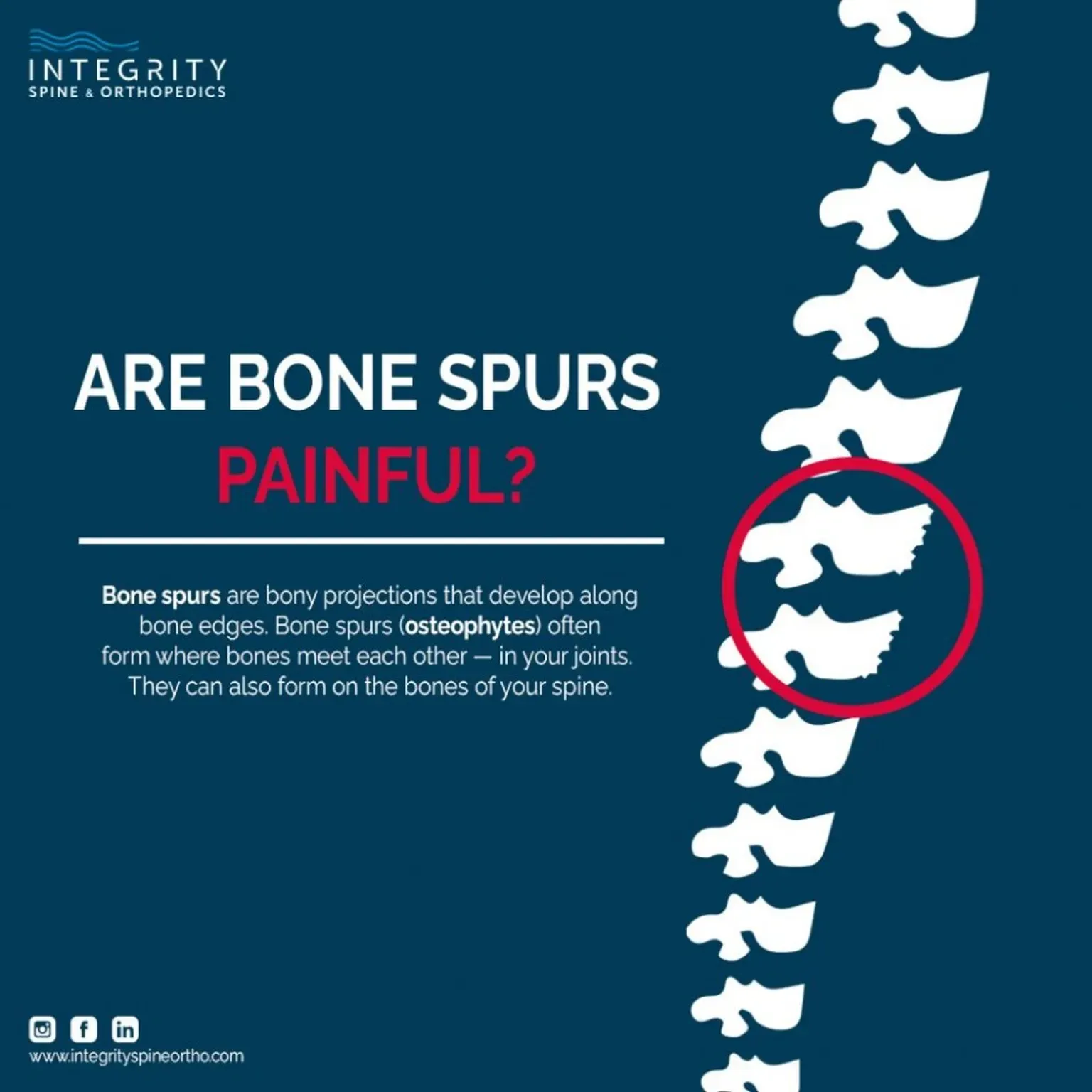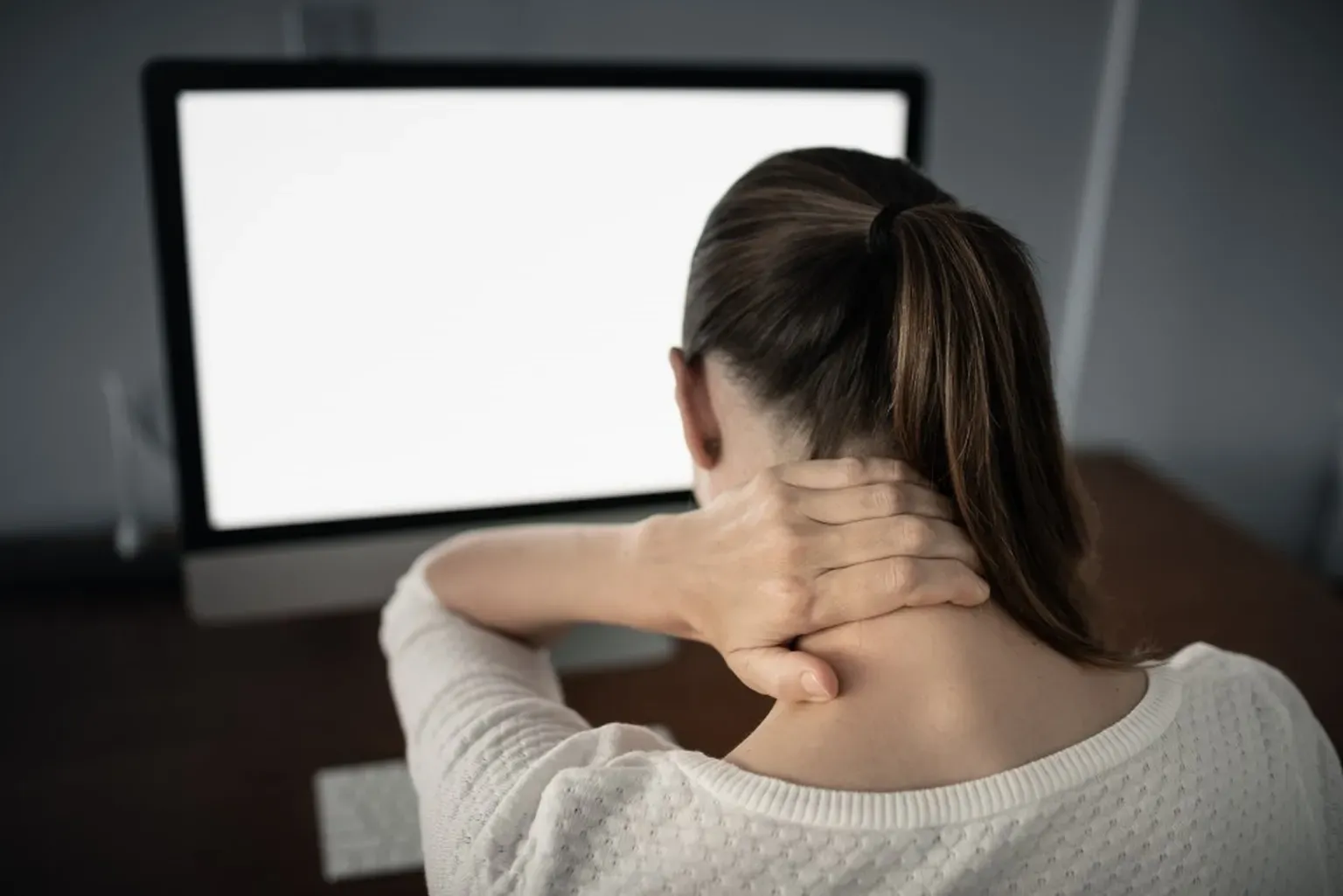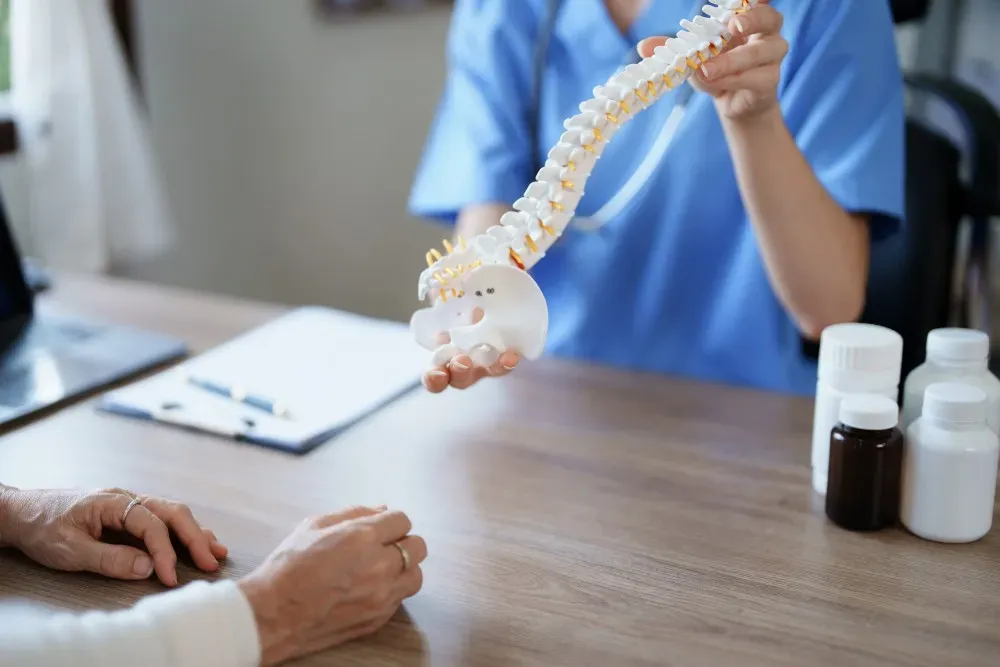Neurosurgery & Orthopedic Surgeons in Jacksonville

Are Bone Spurs Painful?
Let’s be honest: a medical condition with the term “spur” in the name sounds painful right off the bat. Bone spurs (also called osteophytes) are overgrowths of bone that form along bone edges — usually around joints.
Let’s be honest: a medical condition with the term “spur” in the name sounds painful right off the bat. Bone spurs (also called osteophytes) are overgrowths of bone that form along bone edges — usually around joints.
Bone spur development is an immune system response. When your body detects an area of damage or injury, the immune system triggers new bone growth as a way to help repair the damage. Joint damage from arthritis and soft tissue injuries from overuse are the two most common causes of bone spur formation.
Believe it or not, many bone spurs are completely painless and harmless. Some people live with undetected bone spurs for years until routine imaging exams reveal them. However, bone spurs can cause significant pain and other symptoms for other people. Keep reading to learn why some bone spurs are painful.
WHEN DO BONE SPURS CAUSE PAIN?
Bone spurs cause pain when they press or rub against other bones, soft tissues, or nerves. Over time, the persistent irritation leads to inflammation, wear and tear, and tissue breakdown.
Specific symptoms depend on the location of the bone spurs.
- Hands. Bone spurs in the hands can cause pain, swelling, stiffness, and difficulty bending the fingers. Painful spurs can interfere with your ability to perform everyday tasks. You may notice visible changes in the appearance of the finger joints due to the presence of spurs.
- Shoulders. When bone spurs develop in the shoulder, they frequently pinch and irritate the rotator cuff tendons, leading to symptoms like pain, swelling, muscle spasms, weakness, and loss of range of motion in the joint. You may find it painful or difficult to lift your arm all the way up.
- Hips. Bone spurs in the hip can lead to pain, stiffness, and reduced range of motion. You might also experience referred pain in the knee.
- Knees. Bone spurs in the knee can cause pain, stiffness, and reduced range of motion. You may find it difficult to fully bend or straighten the affected knee.
- Heels. Heel spurs can cause sharp, burning pain in the foot arch and heels, stiffness, and swelling.
- Neck and spine. The spine is one of the most common areas where bone spurs develop. When spurs form on the vertebrae, they frequently irritate and press against nearby spinal nerve roots or the spinal cord. Nerve compression in the neck can cause neck pain and stiffness, muscle spasms, loss of range of motion, and numbness, tingling and weakness radiating down the arm and hand. Nerve compression in the low back can cause low back pain and stiffness, muscle spasms, loss of range of motion, and numbness, tingling and weakness radiating down the buttock, leg, and foot.
HOW TO TREAT PAINFUL BONE SPURS
If bone spurs are causing pain and other symptoms, your doctor will probably start you out with non-surgical treatments to reduce pain, swelling, and inflammation.
- Medications. Over-the-counter NSAIDs like ibuprofen or naproxen can relieve mild pain and reduce inflammation.
- Injections. A corticosteroid injection directly into the affected area can relieve pain, swelling, and inflammation around irritated soft tissues or nerve roots.
- Physical therapy. Physical therapy can help you improve joint strength and regain flexibility and range of motion.
- Lifestyle changes. Practicing good posture, wearing supportive footwear, and losing excess weight to take stress off the bones and joints can help you manage pain and symptoms.
If bone spurs are causing significant pain, loss of movement, or signs of nerve damage (like numbness or weakness), your doctor may recommend surgery to remove the painful spurs.
MANAGING NON-PAINFUL BONE SPURS
Non-painful bone spurs don’t require treatment. Your doctor may take imaging exams to monitor identified spurs for signs of changes, but bone spurs are harmless as long as they aren’t causing pain or symptoms.
If you have bone spurs and start developing symptoms like pain, joint stiffness, or loss of joint movement, seek medical advice from your doctor.
DO YOU HAVE BACK OR JOINT PAIN? CALL INTEGRITY SPINE AND ORTHOPEDICS.
Integrity Spine and Orthopedics offers top-notch spine and orthopedic care for acute and chronic conditions. We have the orthopedic care, pain management, sports medicine, and minimally invasive surgery services to help you to get back on your feet and back to doing the activities you love.
Please call our Jacksonville office or reach out online to schedule your first appointment.




